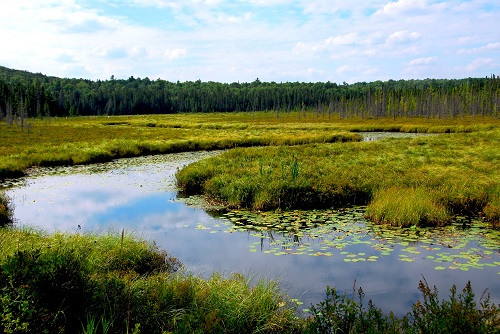
STEM: Watch on Wetlands
February 2 is World Wetlands Day! Use these ideas to engage middle school students in STEM as they explore wetlands and learn about why they are important.

February 2 is World Wetlands Day! Use these ideas to engage middle school students in STEM as they explore wetlands and learn about why they are important.
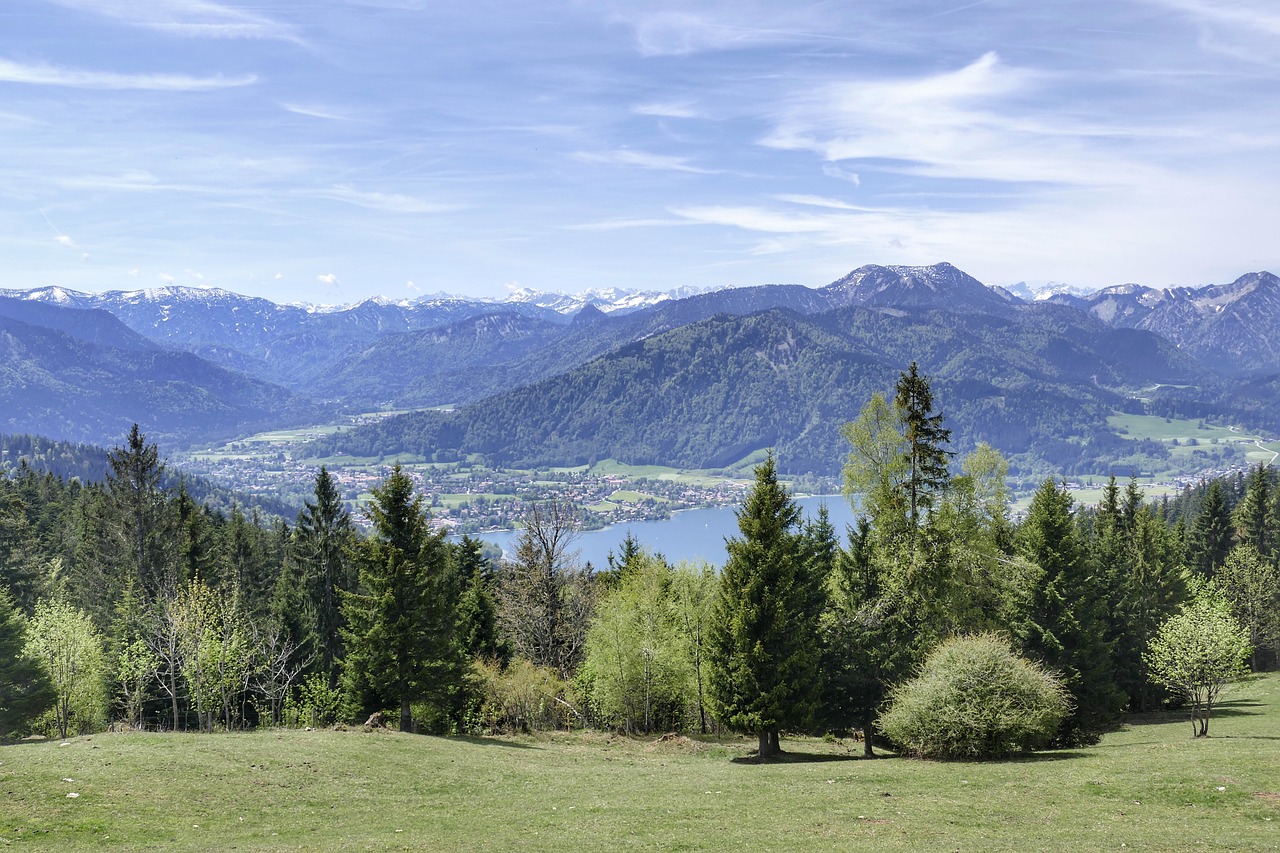
These stories will not only help students learn about trees, but more importantly, appreciate their significance and value. These books can help start a conversation about our relationship with nature, conservation, and life cycles.
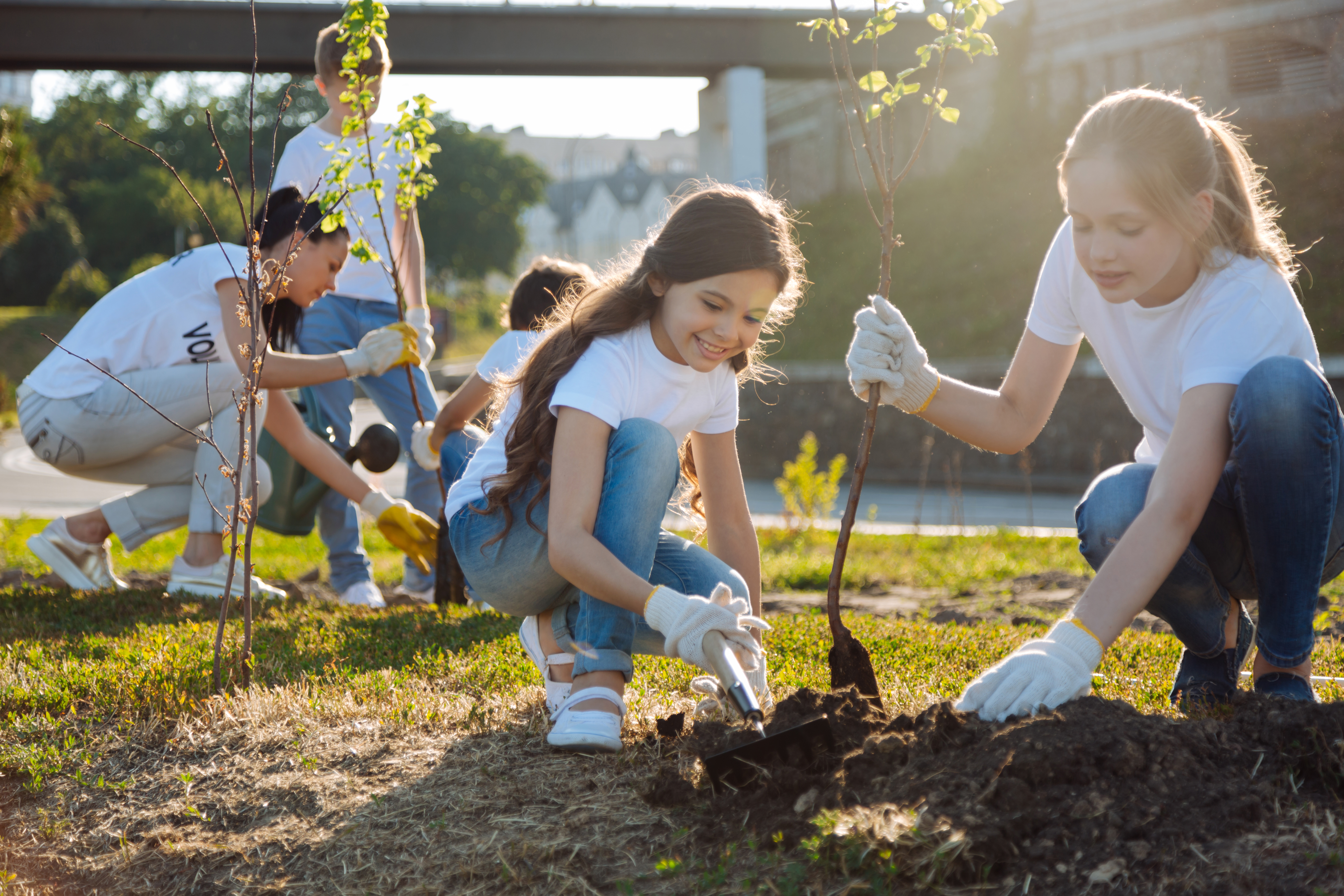
There is much to know before planting a tree. These STEM lessons help students learn how to plant the right tree in the right place.

Suitable for grades 3-5, this book reveals some extraordinary indigenous traditions of the arctic tundra as a native Inuit child named Inuujaq sets out on a morning walk with her grandmother.
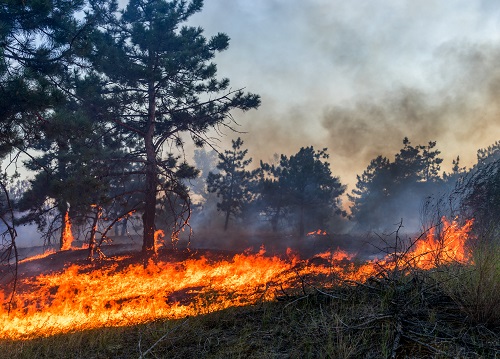
Use these STEM lessons to teach students the difference between a wildfire and a prescribed fire, and how fire can be beneficial to forests when it is planned and managed.
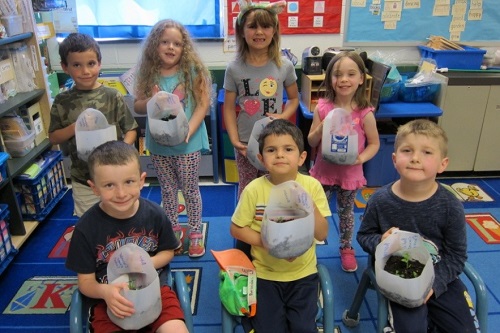
A GreenWorks! grant to Coles Elementary in Virginia sparked science learning across all grades as students investigated a soil erosion problem on their school grounds.

It’s the 1930s in rural Mississippi. This short novel for grades 6-8 tracks a family’s tough choices during the Great Depression. Something tells 8-year-old Cassie the family’s trees are worth something…
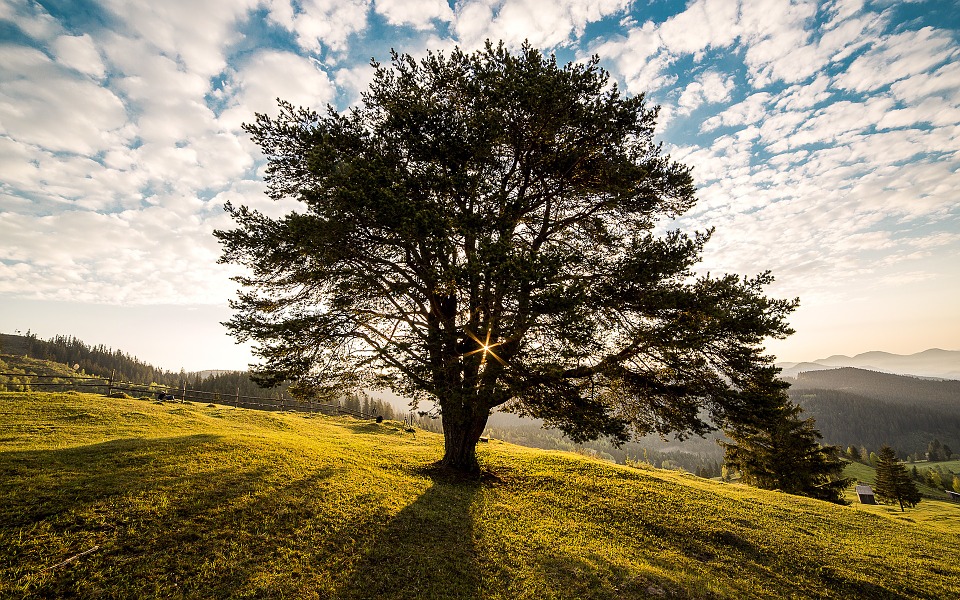
Learning about trees is a great introduction to many subject areas – from science to music to geography. Here are some outdoor lesson ideas for students in any grade.
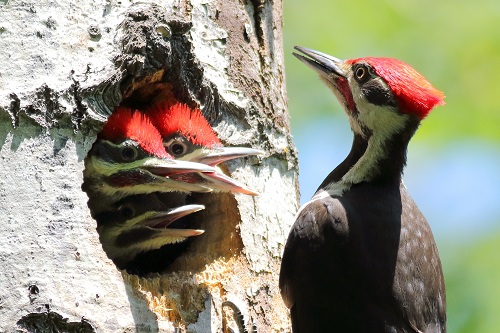
Engage students in STEM (science, technology, engineering, and math) as they explore why snags make excellent habitats for birds, mammals, insects, fungi, amphibians, and reptiles.
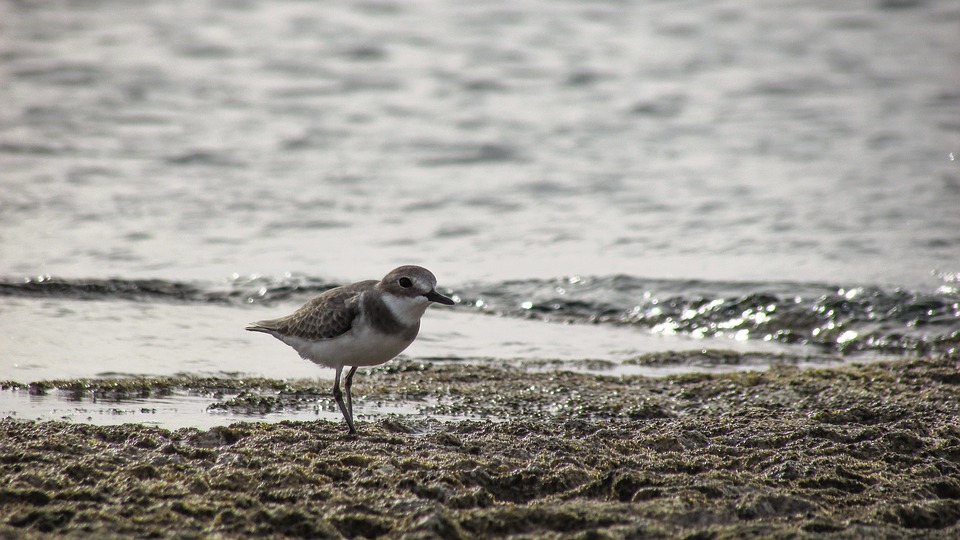
To really understand how interconnected all life forms in an ecosystem are, it helps to experience those webs first-hand, inside and outside the classroom.